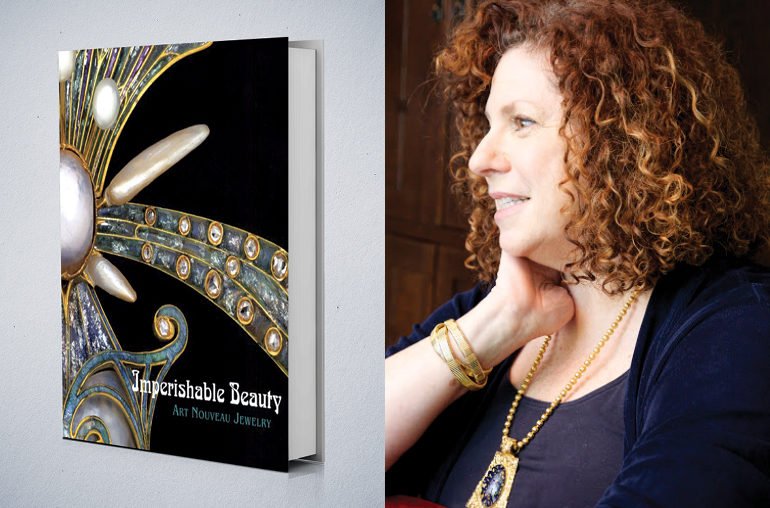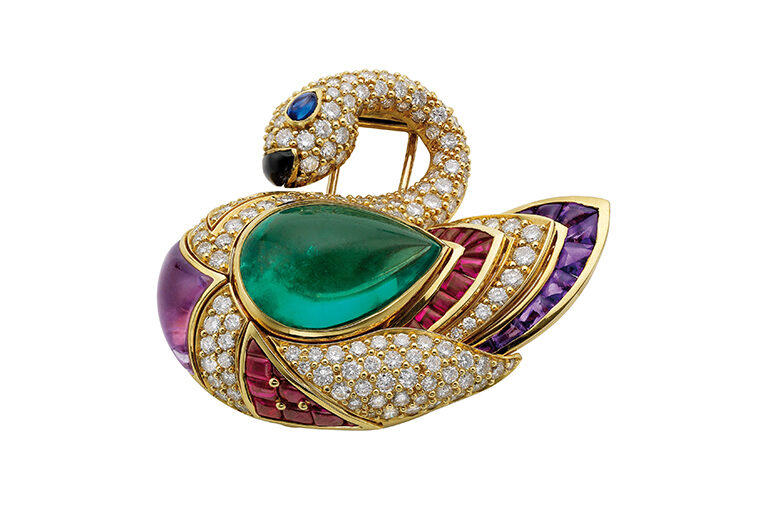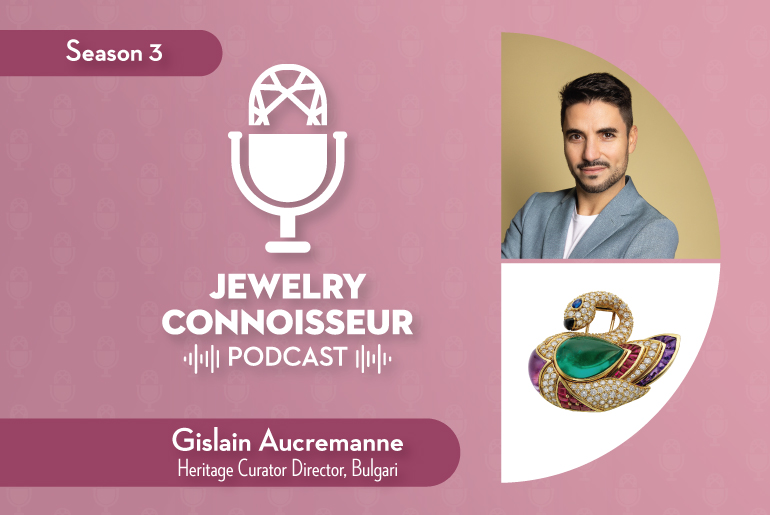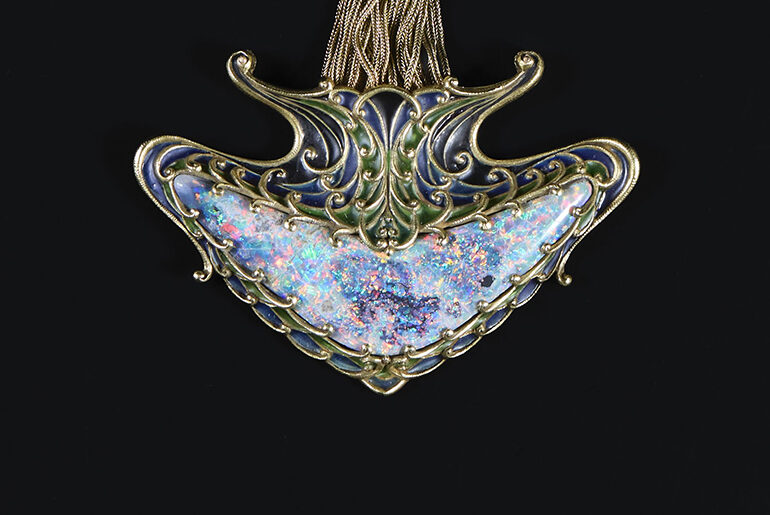Art Nouveau, a brief era spanning the two decades immediately preceding World War I, was largely forgotten until the 1960s, when it began to capture the imagination of patrons in parts of Europe and the US.
In this episode, jewelry historian Elyse Zorn Karlin touches on how this style reflects on the diminution of France on the world stage. She also describes the works of prominent Art Nouveau protagonist René Lalique.
Karlin, codirector of the Association for the Study of Jewelry and Related Arts (ASJRA), publisher and executive editor of Adornment magazine, and a freelance curator, notes each country had its own influences on Art Nouveau. They all sought to create something new while revolting against the industrial revolution and the mass production of jewelry, she explained.
“France had lost that race to be one of the biggest industrial nations — England, Germany and the United States had surpassed them — and so they decided if they couldn’t be the best in industry then they would be the best in luxury,” Karlin says.
Art Nouveau jewelry was, therefore, expensive and so outrageous that only those with a lot of nerve and money would wear it in public.
After losing the Franco-Prussian War of 1870-71, France was hurting. Artists looked back to the nation’s glory era, taking them to the 18th century. A popular style from that period, Rococo — characterized by curvy lines — began to show up in Art Nouveau pieces.
The master of Art Nouveau, Lalique created large pieces depicting women’s bodies, which was not done before this time, attracting a particular type of clientele. “These were very wealthy women who might buy the jewelry but not actually wear it — they would just sit it on their dresser and look at it,” Karlin points out.
To listen to the Jewelry Connoisseur Podcast, click below.
Main image: Imperishable Beauty – Art Nouveau Jewelry by Yvonne J. Markowitz and Elyse Zorn Karlin (MFA Publications); Elyse Zorn Karlin.





Comments are closed.